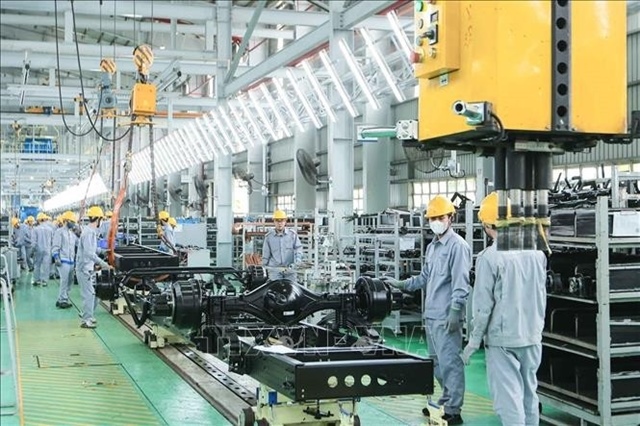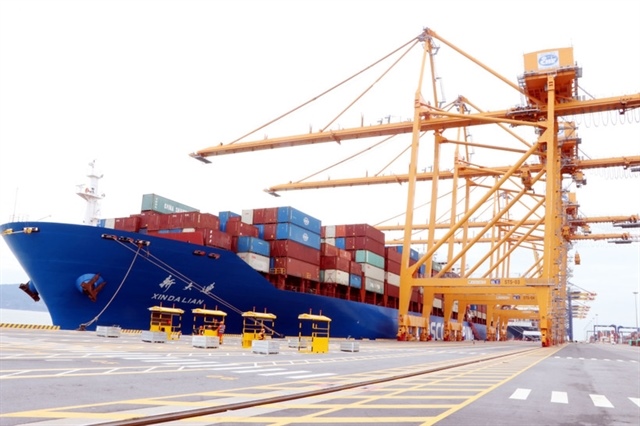Visualising success in factories of the future
Visualising success in factories of the future
Creative destruction – the dismantling of long-standing practices in order to make way for innovation – has contributed to the reduction in the average lifespan of companies. Today, the average age of a Fortune 500 company comes in at under 20 years, as compared to 60 years in the 1950s.

Ying Shun Liang - Industry process consultant, Manufacturing, Dassault Systèmes Asia-Pacific South
|
It is no different in the manufacturing industry, with social, economic, and technological disruptions reshaping how businesses are interacting with their customers. While responding to these rapidly shifting nuances effectively is tough going even in the best of times, COVID-19 has further complicated things.
Manufacturers are facing an unprecedented level of uncertainty related to future customer buying preferences and behaviours, with a recent survey by EY revealing that only 10 per cent of supply chain executive respondents were prepared effectively to address disruptions resulting from the pandemic.
Smart manufacturing now requires more than just being first across the finish line – it requires agility and a development process that embraces a data-driven, multidisciplinary approach.
As manufacturers consider how to ramp up operations or transition mass production to smaller, more customised manufacturing, data will be a transformative force. Big data is constantly coming in from various input streams, especially as manufacturers increasingly use the Industrial Internet of Things (IIoT) in production and operations.
In the past, manufacturers did not have the luxury of data to inform them of potential issues; instead, they had to hypothesise an issue, before collecting the data to determine if it was true. This added costs to operations, with manual inspections proving to be expensive, time-consuming, and labour-intensive.
Today, the IIoT has given manufacturers a new look into their processes and products down to a granular level of detail. Data can be collected across every point in the supply chain, product and distribution network. With AI and machine learning, manufacturers are able to gather the insights they need to help address an issue.
Recent disruptions have provided manufacturers with a golden opportunity to reorient their operations and supply chains by adopting smart manufacturing to accelerate their digital journey. In particular, they have highlighted the importance of being able to pivot quickly in response to disruptions or new opportunities by having a resilient supply chain.
A virtual twin can play a significant role in these scenarios. A complete digital replica of a physical asset or real-world process, such as a factory or supply chain, a virtual twin enables real-time monitoring and adjustments, enabling businesses to mirror their manufacturing value stream with a virtual one, experiencing and creating new concepts and ideas in no time.
This helps them drive new flexibility and productivity into their physical operations on a continuous basis, which increases their business resilience – creating a factory of the future.
Meanwhile, one of the biggest challenges of exponential data is the ability to visualise it in a quick and user-friendly manner in order to make informed decisions. In fact, many manufacturing companies spend over 30 per cent of their time on manual processes, all of which impact productivity, ingenuity, and profitability.
While only 6 per cent of manufacturers today are very confident in their systems and capabilities for end-to-end visibility, the factory of the future will connect all its data seamlessly, and it will extend those connections across the whole supply chain. This will enable actionable insights and much faster decision-making, as it eliminates a huge amount of variability that manufacturing businesses have to deal with today.
Additionally, manufacturers can also compare their own data with data from other factories around the world and apply continuous improvement to enhance the output and improve performance.
With unprecedented uncertainty prevailing in our global economy, it is imperative to have a strong investment in a next generation workforce. In fact, a category of waste in lean manufacturing is underutilisation of employees, and the remedy is capitalising on employees’ creativity. By using knowledge to innovate and to solve problems, such waste can be reduced, directly translating to process optimisation and sustainability.
For people to be more efficient, they need autonomy. This comes with workers understanding their roles in the organisation and value network. Technology such as virtual twins can empower the factory workforce by providing employees with access to data and information that can be used to objectively measure their performance, as well as to focus on skills enhancement.
Getting ahead of the competition requires a fully integrated product development process that involves three pillars of innovation – data science, contextualisation, and collaboration. By providing a digital thread from product design to distribution, manufacturers can collect, analyse, and transform data in the global renaissance into insights for continuous improvement of products and operations.
Virtual twins will drive tangible value for companies, create new revenue streams, and help answer key strategic questions. By combining a rich knowledge set with high-quality simulation, manufacturers can take real-world data input and simulate a continuous circle of innovation and value creation that is based on real-world activities.
In the factory of the future, every day will be your best day of performance.























